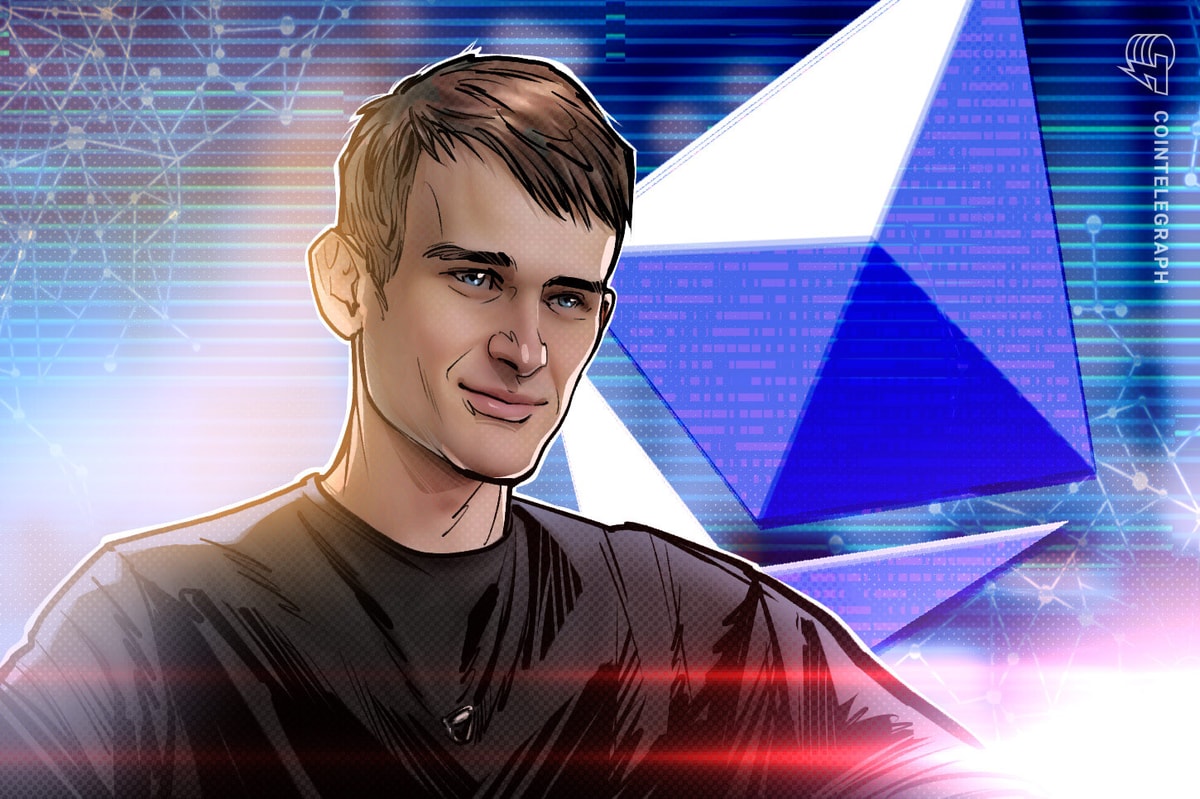Ethereum, L2s to reach over 100K TPS with ‘The Surge’ — Vitalik Buterin

Ethereum co-founder Vitalik Buterin has outlined key goals for the Ethereum blockchain in the next step of its roadmap, dubbed “The Surge.”
In a technical Oct. 17 blog post, Buterin shared his “key goals” for The Surge, which include achieving over 100,000 transactions per second (TPS) across Ethereum’s mainnet and layer 2 blockchains as well as increasing interoperability between the layer 2’s.
“Ethereum should feel like one ecosystem, not 34 different blockchains,” Buterin wrote.
Buterin said 100,000 transactions per second across L1s and L2s a key goal of The Surge. Source: Vitalik Buterin
Buterin celebrated the success of Ethereum’s rollup-centric roadmap — bolstered by the Dencun upgrade in March — but conceded that this approach had introduced “some unique challenges of its own.”
Dencun — comprised of both the Shanghai and Cancun-Dened upgrades — introduced a swathe of scaling improvements, introducing “blobs” for cheaper data and slashing the cost of fees on layer 2 networks.
The rollup-centric roadmap has drawn ire from critics, with some claiming that “extractive L2s” are stealing users and revenue from Ethereum’s mainnet, which introduced new security risks and caused its native token Ether (ETH) to flip inflationary.
In his post, Buterin explained that the Ethereum network would need to break new ground on several key issues, such as data availability sampling, improving data compression, making layer 2 networks sufficiently “trustless,” and improving the user experience between blockchains.
He explained that developing Ethereum rollups to be trustless — much like the Ethereum mainnet — had not gone further due to concerns around there being “bugs in the code.”
Buterin said Ethereum “needs” trustless rollups so that some L2s could “inherit Ethereum’s core properties” and allow for more robust scaling over time.
Ethereum also needs to scale
Buterin also noted the need to scale the Ethereum base chain so it can keep up with demand.
“If L2s become very scalable and successful but L1 remains capable of processing only a very low volume of transactions, there are many risks to Ethereum that might arise.”
Buterin said the most “simple solution” would be to increase Ethereum’s gas limit but noted that this introduces centralization risks due to the increased costs incurred by stakers.
His other proposed solution would be to make specific features and types of computations cheaper without sacrificing decentralization and pointed to improvements such as “multidimensional” gas pricing, reducing gas costs of specific opcodes, and introducing new bytecode formats.
Improving Ethereum’s user-experience
In a less technical section of his post, Buterin highlighted the importance of improving user experience between Ethereum’s subsequent layer 2 networks — a concern many Ethereum users have raised in recent months.
“If we are serious about the idea that L2s are part of Ethereum, we need to make using the L2 ecosystem feel like using a unified Ethereum ecosystem,” he said.
Buterin explained that allowing layer 2 networks to communicate more easily with one another in the back end would reduce the technical strain on the users.
Related: New Ethereum proposal aims to increase throughput by 50%
Such improvements would see layer 2 users send tokens from one chain to another without the headache of manually bridging or swapping them into a native token to pay gas.
The rollup-centric roadmap
Historically, Ethereum’s development was based on the long-standing ETH 2.0 roadmap, which planned to scale Ethereum monolithically using “sharding” — something that looked roughly like 64 Ethereum blockchains all running together in unison.
In October 2020, Buterin bailed on sharding as an alternative solution began to emerge in the form of Optimistic and ZK-rollups — layer 2 projects that take the execution and computation off the main chain but still inherit its security.
“Now our task is to bring the rollup-centric roadmap to completion, and solve these problems, while preserving the robustness and decentralization that makes the Ethereum L1 special,” wrote Buterin.
